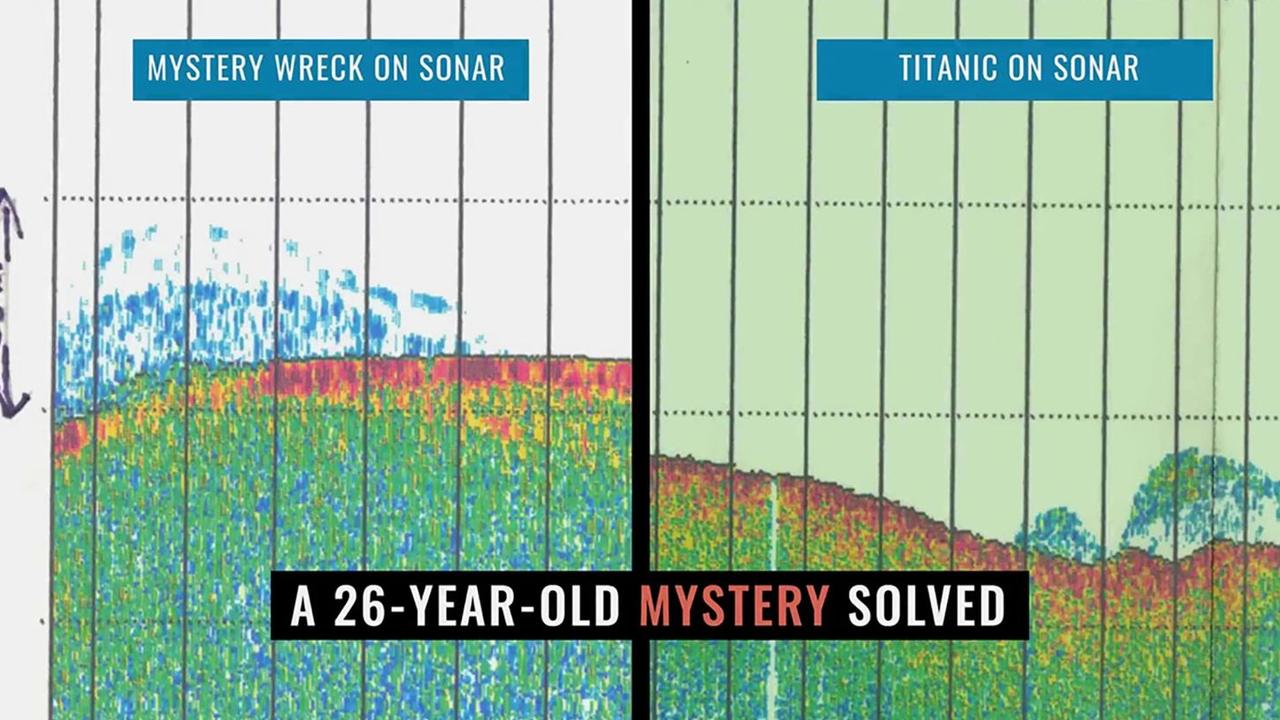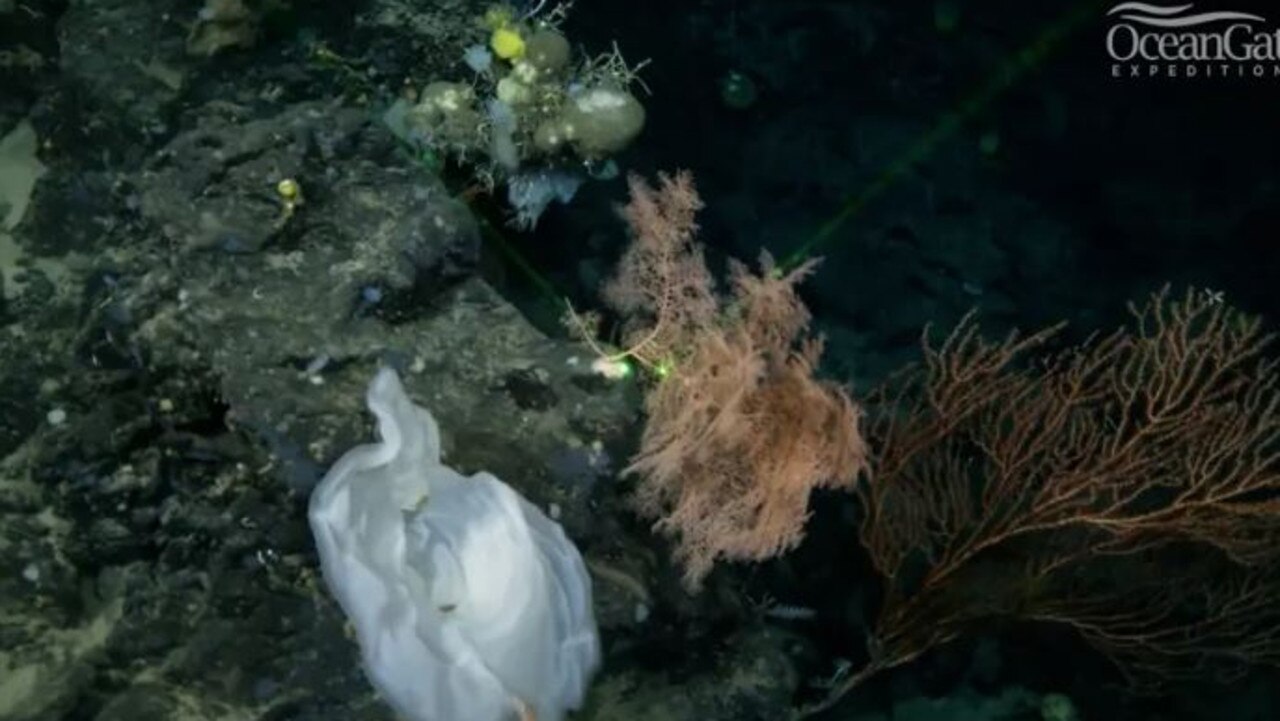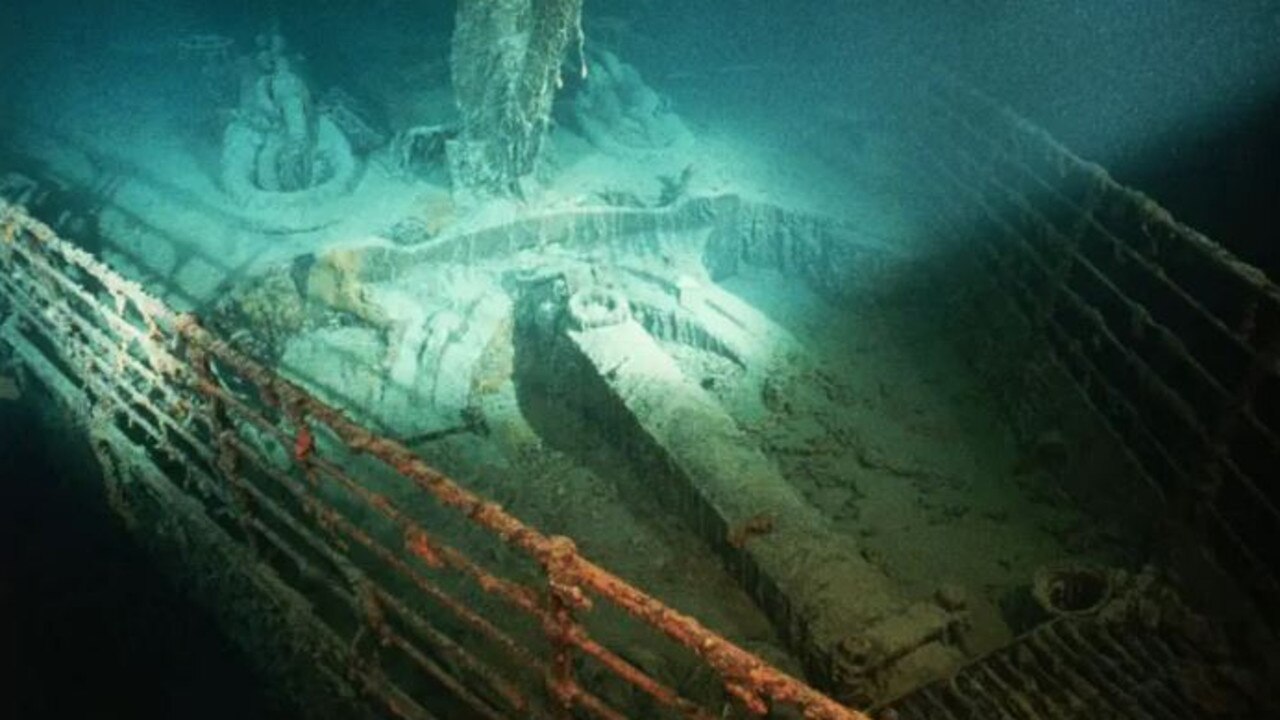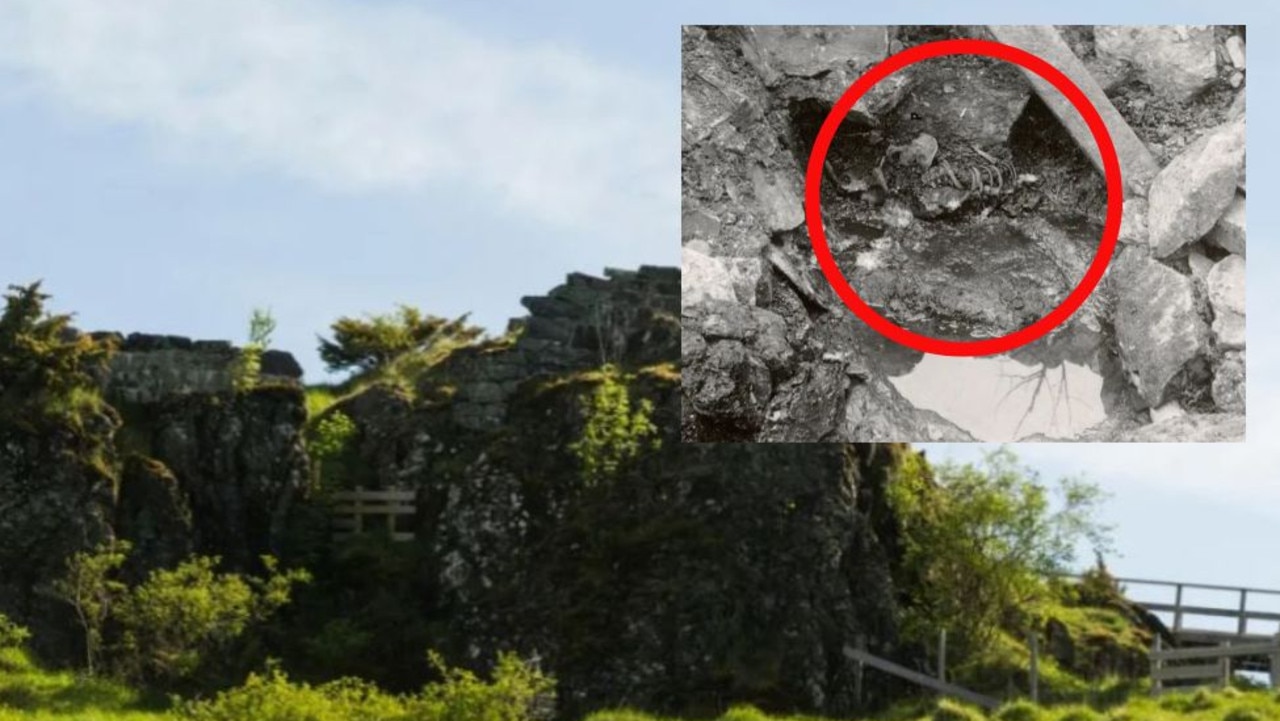Divers unearth 26-year-old mystery surrounding Titanic shipwreck
It was the 26-year mystery that baffled experts, but now divers have uncovered an answer to a question surrounding the site of the famous shipwreck.
Divers have found a “dense” and thriving ecosystem close to where the Titanic shipwreck was uncovered, solving a 26-year-old mystery.
In 1996, Paul Henri Nargeolet, a veteran pilot of the submersible Nautile and a renowned Titanic diver, discovered a puzzling object on sonar in the area around the 1912 shipwreck.
Mr Nargeolet then spent the better part of two decades thinking about the spot on the radar, spending endless nights wondering if what he saw was a shipwreck or a geological feature.
However, on October 25, the unsolved mystery finally had an answer, New York Post reports.
Mr Nargeolet swam to the target and discovered that the object in question was in fact a volcanic reef.
OceanGate Expeditions specialist Oisín Fanning funded the research dive, and the foundation’s scientific team supplied the analysis of the sonar blip.
Stream the news you want, when you want with Flash. 25+ news channels in 1 place. New to Flash? Try 1 month free. Offer available for a limited time only >

The organisation released footage of the area, showing the reef’s sponges, coral and marine life around it.
The spot was reported to be neighbour to the Titanic wreckage and a “natural abyssal deep sea reef of extraordinary biodiversity at 2900m.”
“We didn’t know what we would discover,” Mr Nargeolet told Jam Press. “On the sonar, this could have been any number of things including the potential of it being another shipwreck.
“I’ve been seeking the chance to explore this large object that appeared on sonar so long ago,” he said. “It was amazing to explore this area and find this fascinating volcanic formation teeming with so much life.”


The Titanic currently sits at the bottom of the northern Atlantic Ocean, about 740km from the Canada coast. Touted as “unsinkable” due to its double hull back in 1912, the ocean liner famously sank on April 15 that year after an iceberg tore a hole in its starboard side.
OceanGate is presently reviewing the footage of the volcanic reef to learn more about it.
Steve W. Ross, OceanGate’s chief scientist, explained how the discovery will “improve the way we think about biodiversity of the abyss”.
“The apparently basalt volcanic formations are remarkable, and we are astonished at the diversity and density of the sponges, bamboo corals, other cold water corals, squat lobsters and fishes that are thriving at 2900m deep in the north Atlantic Ocean,” he said.

“Uncovering this previously unknown ecosystem also provides an opportunity to make a comparison to the marine biology on and around the Titanic,” Dr Ross said.
He also noted: “The variety of lifeforms, concentration of life and the overall ecosystems may differ between the deep artificial reef of the Titanic and this newly revealed, natural deep ocean reef.
“The similarities and differences will help us better understand our deep sea environments.”
This article originally appeared on New York Post and has been republished with permission





